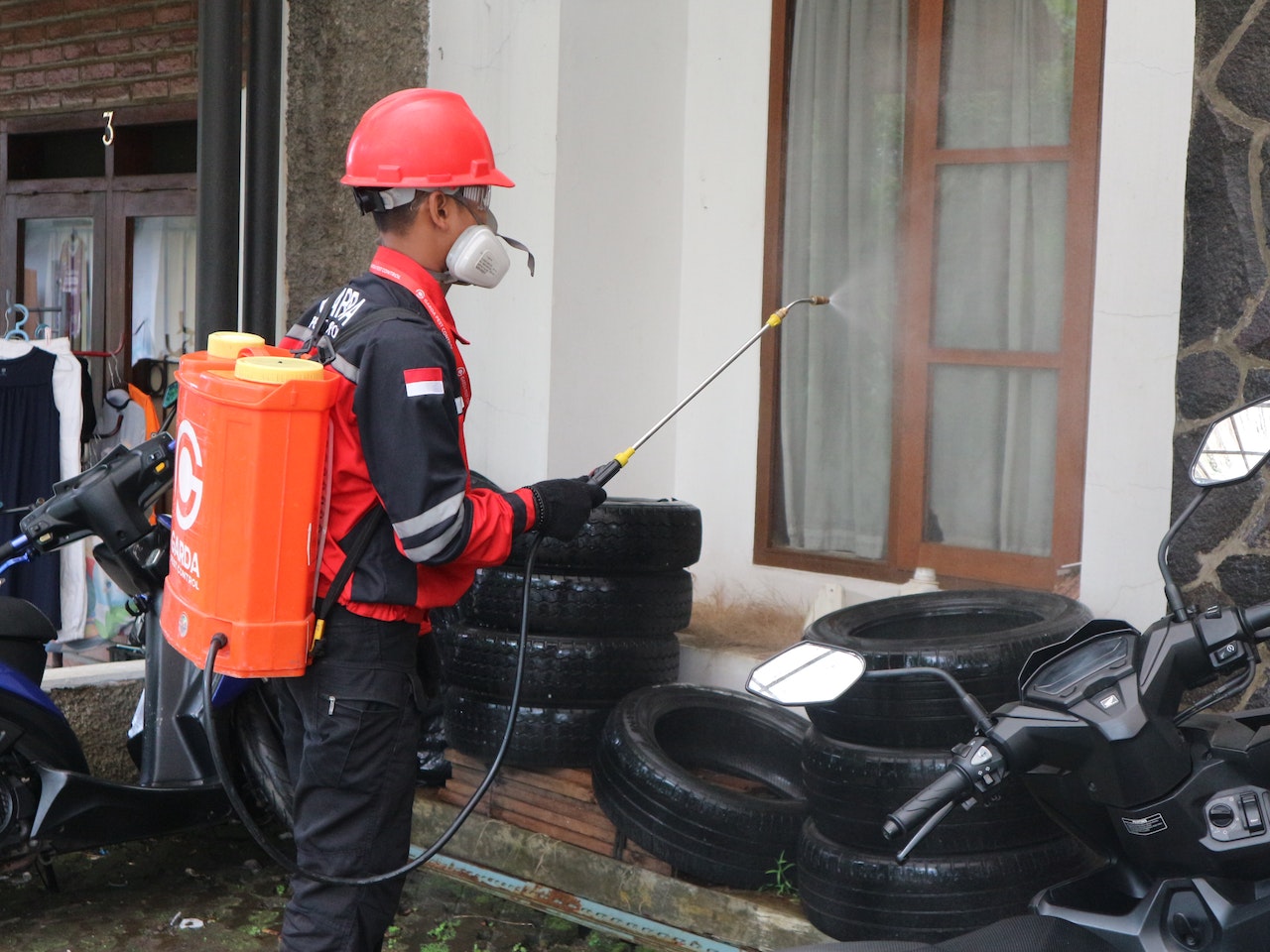Although businesses and people depend on self-storage to keep their possessions secured, pests like insects, rodents, and birds can seriously harm property. Both facility owners and tenants may suffer financial losses as a result of their presence due to damage, contamination, and deterioration.
In addition to compromising cleanliness and safety, pests also pose a risk to your health. Therefore, it is essential for self-storage business owners to maintain pest-free environments in their facilities through actions that preserve both client pleasure and the quality of stored assets. Let’s learn more about pest management solutions in California.
Recognize the potential threats
Self-storage facilities are susceptible to pest infestations because of the constant movement of people and their belongings, which makes it simpler for pests to enter undetected. In storage units, the most typical pests are:
- Rats and mice: They prefer to build their nests in isolated, dark places where there is little possibility of being disturbed. Look for droppings, chew marks, and even rub marks on the walls that may have been caused by the oil or grime on the animals’ bodies.
- Cockroaches: Besides food sources, they prefer dark, warm, and humid settings. Old furniture and cardboard boxes that are kept in storage can all be utilized as food.
- Termites: The most prevalent termites reside in the soil and invade structures in search of food. Food supplies for a termite colony include wooden pallets and shelves, paper, cardboard boxes, and furniture.
Prevent pests from entering your house
In order to avoid pest infestations, it is vital to implement an IPM or Integrated Pest Management program for your property.
- Get the property inspected
You should start your journey with a thorough inspection that looks for pest signs. A thorough property analysis may identify the pests that represent the most risks to your facility, find the underlying problems that might attract pests, and suggest treatment options.
- Plan how to prevent their entry
Your service provider ought to create a playbook of strategies to stop insect activity following your inspection. This may entail careful grounds upkeep to close off common entry points and harborage sites as well as thorough grounds cleaning to reduce appeal.
- Implement the techniques
The vendor you choose should abide by the frequency of service that they advise you and also be available for the issues that might occur in between the visits.
- Proper monitoring
Persistent monitoring to make sure the pest-management program is operating as it should be is a crucial component. This enables any necessary adjustments to be made by your provider. Consider using remote-monitored rodent-control devices if rodents are discovered.
Choosing a pest control provider
During the vetting process, look for the answers to these crucial questions to help you choose the best partner for your self-storage company:
- How long are you serving your clients?
- Are you insured or licensed?
- Do you serve businesses like ours?
- Do you practice IPM?
- Are your technicians trained?
- What sort of pests do you cover in your agreement?
- What documentation do you offer?
- How do you communicate with customers?
Maintaining a safe and secure environment for self-storage facilities requires effective pest management. Don’t let potential health risks or damage to stored goods hurt your business.

